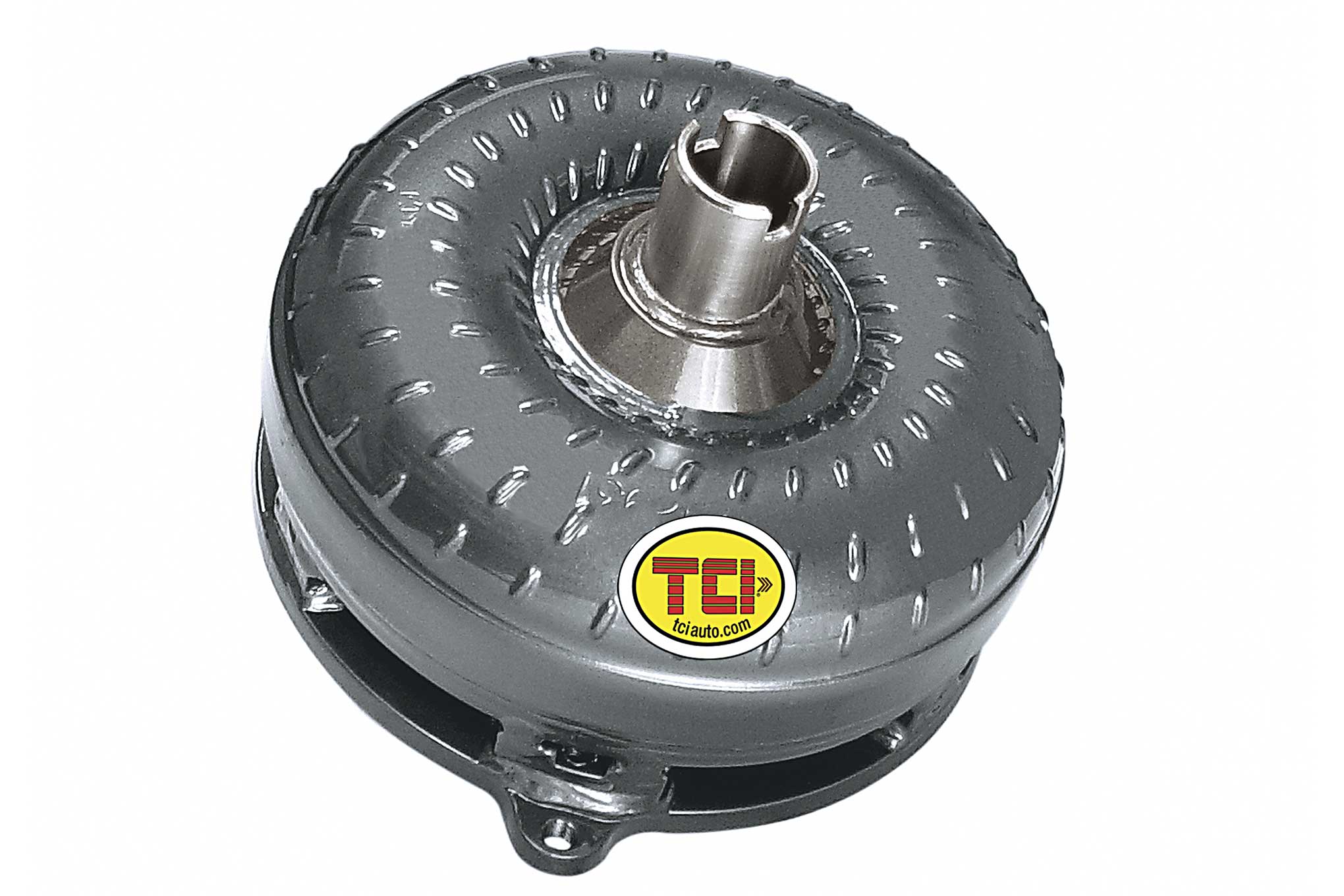When it comes to understanding the intricate world of automotive performance, few components garner as much intrigue as the torque converter. Often overlooked by car enthusiasts, this device plays a pivotal role in the transmission system, translating engine power into the rotational force necessary to propel a vehicle. Among its many attributes, torque converter stall speed stands out as a critical factor that can dramatically affect vehicle performance. But what exactly does stall speed mean, and why is it essential for optimizing your driving experience? Let’s unravel the layers of this fascinating topic.
The torque converter operates under the principle of fluid dynamics, effectively linking the engine to the transmission. At its core, the device comprises a turbine, a stator, and a pump, working in harmony to facilitate smooth gear changes and efficient power transfer. However, it is the stall speed—a term that might sound deceptively simple—that packs a punch when it comes to performance tuning and driving dynamics.
So, what is torque converter stall speed? In essence, stall speed is the engine’s RPM (revolutions per minute) at which the torque converter begins to transmit power to the transmission. At this juncture, the engine produces sufficient torque to overcome the resistance of the transmission and the car starts to move. Imagine it as the moment when all systems are go, transitioning from the idling state to forward motion. However, this phenomenon is highly nuanced, as stall speed can profoundly influence acceleration and overall handling.
To comprehend why stall speed varies, one must consider several factors. A higher stall speed generally means that the engine reaches its desired RPM more quickly when accelerating from a standstill. This can be particularly beneficial for racing applications where instant response is critical. Conversely, lower stall speeds often provide improved drivability by allowing for smoother starts and a more leisurely engagement of the gear train. Selecting the right stall speed demands a balance between performance aspirations and the everyday practicality of vehicle operation.
When tuning a vehicle, enthusiast often encounter the term “lock-up.” Some modern torque converters feature a locking mechanism that directly engages the engine to the transmission once a certain speed is reached, minimizing slippage and optimizing fuel efficiency. Understanding the role of stall speed in conjunction with lock-up technology sheds light on the rationale behind specific modifications. A vehicle equipped with a high-stall converter, for instance, may experience substantial turbo lag or increased fuel consumption if not adequately calibrated for routine driving conditions.
There’s a fascinating interplay between stall speed and gearing as well. Taking a moment to consider gear ratios can provide insight into how stall speed influences overall performance. Vehicles with short rear-end gearing—typically found in race cars for rapid acceleration—often pair better with a higher stall converter. This alignment ensures that the engine stays within its powerband during aggressive launches, maximizing thrust and sustaining momentum. Conversely, street-driven cars might benefit more from lower stall converters with longer gearing for a comfortable, efficient driving experience.
But how does one determine the ideal stall speed? This is where the art of tuning intersects with the science of engineering. Generally, the ideal stall speed should correspond with the engine’s peak torque curve. Unfortunately, achieving this symmetry isn’t an exact science and often necessitates empirical testing. Variables such as tire size, weight distribution, and even the type of intake or exhaust systems can all affect the performance outcome, further complicating the tuning process.
When modifying or purchasing a new torque converter, understanding the ramifications of choosing a specific stall speed can also inform long-term reliability and performance enhancement strategies. A well-chosen high-stall converter may deliver impressive starts but could also incur additional wear on engine components if driven carelessly. Racing enthusiasts often accept such trade-offs, but casual drivers may prefer reliability over raw power, advocating for a stall speed that is more forgiving.
Despite the technical nuances involved, the world of torque converters—and stall speed in particular—shouldn’t be intimidating. Car culture thrives on the camaraderie of sharing knowledge, and the mysteries of stall speed can become part of that shared learning experience. Engaging in conversations with automotive tuners, visiting car clubs, or participating in online forums can provide practical insights that will demystify the topic. Those inquisitive minds that seek to understand can latch onto the nuances of each conversation, adding layers of comprehension that extend beyond mere numbers.
Moreover, experimenting with different torque converters in a straightforward manner can yield engaging results. The palpable thrill of dialing in the stall speed and feeling immediate responsiveness can deepen one’s appreciation for automotive engineering. With each incremental change, the driver becomes more intently aware of how these elements impact acceleration and overall handling, culminating in a rewarding connection with the machine itself.
In conclusion, navigating the realm of torque converters and their stall speeds is akin to embarking on an exhilarating journey through the mechanics of performance driving. With every gear shift, there lies a promise for enhanced efficiency and power output. By embracing the knowledge of how stall speed influences vehicle dynamics, everyday drivers and speed enthusiasts alike can better appreciate their automotive experience. Who knows? You might just uncover a new perspective on what your vehicle is truly capable of, transforming the way you engage with the road.
